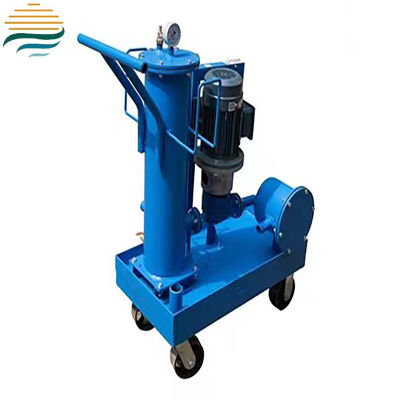What is a Type 1 Transformer?
In the vast and complex world of electrical engineering, transformers play a pivotal role. Among the various types of transformers, the Type 1 transformer holds a significant place. Understanding what a Type 1 transformer is, its characteristics, working principles, and applications is crucial for professionals in the power industry and those interested in electrical systems.
Definition and Basics
A Type 1 transformer is a specific classification within the transformer family. Generally, in some classification systems, it is often defined as a single - phase transformer. Single - phase transformers are designed to operate on single - phase electrical systems, which are commonly used in residential and small - scale commercial applications. The basic structure of a Type 1 (single - phase) transformer consists of two coils, namely the primary coil and the secondary coil, wound around a magnetic core. The magnetic core is typically made of ferromagnetic materials such as laminated iron, which helps in efficiently transferring the magnetic flux between the two coils.
Key Characteristics
1. Voltage Transformation Ratio
Type 1 transformers are designed with a specific turns ratio between the primary and secondary coils. This turns ratio determines the voltage transformation ratio. For example, if the primary coil has 100 turns and the secondary coil has 50 turns, the voltage transformation ratio is 2:1. If the input voltage to the primary coil is 220 volts, the output voltage at the secondary coil will be 110 volts. This ability to step - up or step - down voltage levels is one of the fundamental functions of any transformer, and Type 1 transformers are no exception.
2. Power Rating
These transformers come in a wide range of power ratings. In residential applications, Type 1 transformers may have relatively low power ratings, perhaps in the range of a few hundred watts to a few kilowatts. They are used to power household appliances, lighting systems, and other electrical devices. In small - scale commercial settings, such as a local convenience store or a small office, the power rating of the Type 1 transformer may be slightly higher, but still within a manageable range for single - phase loads.
3. Size and Compactness
Compared to some larger, three - phase transformers, Type 1 single - phase transformers are generally more compact in size. Their smaller footprint makes them ideal for installations where space is limited, such as in residential basements or small commercial buildings. This compactness also contributes to their relatively lower cost, making them a cost - effective solution for applications with lower power requirements.
Working Principle
The working principle of a Type 1 transformer is based on Faraday's law of electromagnetic induction. When an alternating current (AC) is applied to the primary coil, it creates a magnetic field that alternates in direction and magnitude. This changing magnetic field induces a voltage in the secondary coil. The induced voltage in the secondary coil has the same frequency as the input AC voltage but may have a different amplitude depending on the turns ratio of the coils. The magnetic core of the transformer serves to concentrate the magnetic flux, ensuring efficient transfer of energy from the primary to the secondary coil with minimal losses.
Applications
1. Residential Power Supply
Type 1 transformers are commonly used in residential areas to step down the high - voltage electricity supplied by the utility company to a lower, more suitable voltage for household use. In many countries, the incoming high - voltage power may be in the range of thousands of volts, which is then transformed by a Type 1 transformer to 110 - 240 volts, the standard voltage for residential appliances.
2. Small - Scale Industrial and Commercial Applications
Small factories, workshops, and commercial establishments that do not require large amounts of three - phase power often rely on Type 1 transformers. For example, a small woodworking shop or a local beauty salon may use a Type 1 transformer to power their equipment and lighting systems. These transformers can provide the necessary voltage transformation and power regulation for the specific electrical needs of these small - scale operations.
Comparison with Other Transformer Types
When compared to three - phase transformers, which are used in large - scale industrial and high - power applications, Type 1 single - phase transformers have distinct differences. Three - phase transformers can handle much higher power loads and are more efficient for distributing power over long distances in power grids. However, Type 1 transformers are better suited for applications where the power demand is relatively low and single - phase electrical systems are sufficient. Additionally, three - phase transformers are more complex in design and generally larger in size and more expensive than Type 1 transformers.
In conclusion, a Type 1 transformer, typically a single - phase transformer, is an essential component in electrical systems, especially for low - power, single - phase applications. Its unique characteristics, working principle, and wide range of applications make it a fundamental part of the electrical infrastructure that powers our homes and small - scale commercial and industrial facilities.





